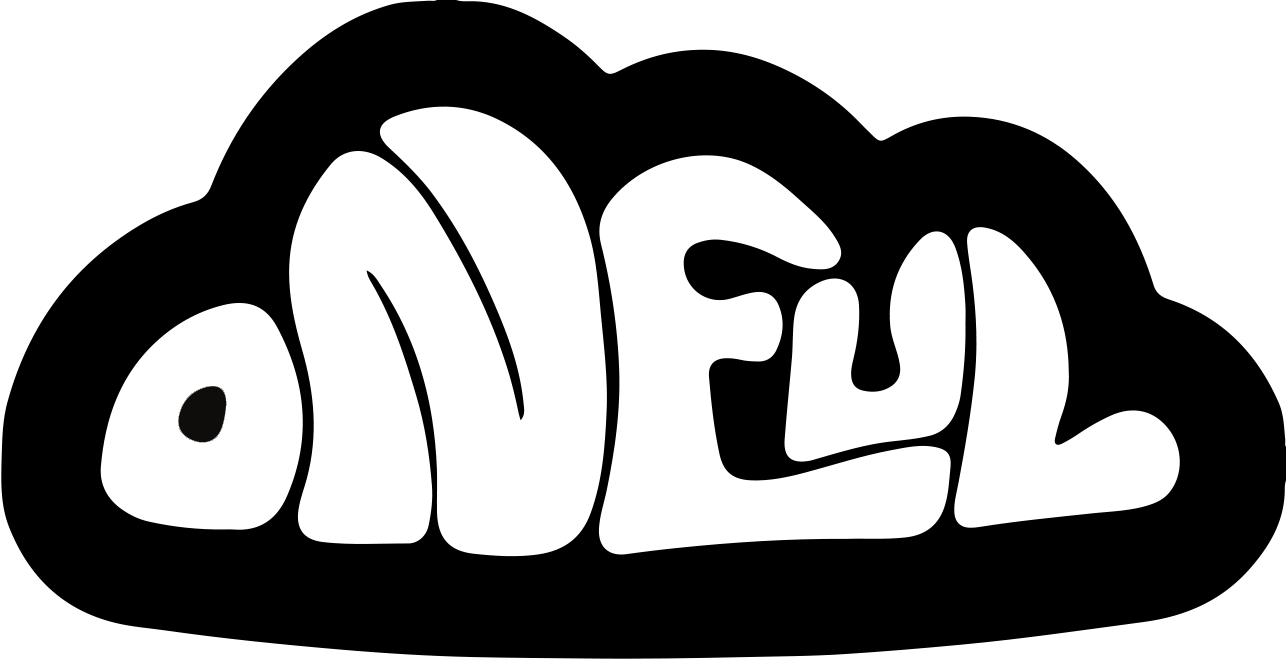The Creation of Fashion’s Most Anticipated Week: NYFW
What is NYFW?
One of the most anticipated fashion events of the year, New York Fashion Week (NYFW) is a reminder of the power within the sector of art, communicating the concerns and emotions facing the world through imaginative designs and approaching seasonal trends during a designated week in September (the seventh through the thirteenth concluding at the Met Gala for 2021). As the fashion industry continues to reflect the political and social climates, it is no surprise that one of the most popular fashion events on the globe began with an opportunity posed by political turmoil during World War 2.
Roots of the Event
American design took advantage of restricted expression through the arts in France, specifically fashion, while the territory was occupied by German forces. One significant figure in the recognition of this opportunity was Elanor Lambert, considered to be the first American fashion publicist. Lambert led the concept of a press week, in which journalists from around the globe would enter the Plaza Hotel on July 19, 1994, to witness the upcoming merchandise of American designers. Despite the event being exclusive to the press only, as buyers were required to separately schedule visits to showrooms where the designs were displayed, present-day NYFW can be found to have many similarities with the origins of the week.
The common interest in promoting American designers, especially through releasing premature looks into future collections, is an essential aspect of NYFW today. With this gain in attention to New York in regards to design, also made possible by Lambert’s New York Dress Institute founded in 1941, New York became increasingly respected and was on route to becoming the fashion capital that it is considered to be today. By 1945 showings were so abundant that the Fashion Calendar was created by Ruth Finley, allowing the events to be coordinated effectively as they grew in popularity through a pink schedule given to attendees.
Evolving with Time
Venues and methods of showing collections evolved alongside the size of NYFW, as designers like Halston featured shows with a lack of seriousness that previous models had displayed while walking the catwalk. The combined effort of more elaborate, festive runways with silhouettes expressing such newfound freedom displayed the creative liberty emphasized throughout the 70s and 80s. An explosion of culture and participation occurred at one particular Michael Kors show in the early 90s when a ceiling crumbled to the excitement of attendees and the blaring of runway music. To accommodate the developing extravagance of NYFW, the venue became centralized to Bryant Park, allowing space for designers’ creativity to flourish and the press to treat the organized event with more respect.
Following the establishment of the fashion week as a cultural event, equally as representative of global ideas as new designs, other industries collaborated with the success. Both celebrities and brands alike joined the event, creating more inclusion among participants and the fashion industry. As the twenty-first century approached, fashion week also incorporated assets of the digital age which are essential to its successes today, attracting influencers ahead of their time like Bryanboy and Tavi Gevinson, and passionate photographers of street style fashion. As NYFW continues to grow, the significance of the participating public is developing simultaneously.
Despite the undeniable growth of fashion week as a cultural phenomenon, and New York as a fashion capital of the world, the foundations of the earliest shows remain evident in the eager and innovative spirit of NYFW today.
Cover page: 1945 Model Runway Show via Harpers Bazaar

